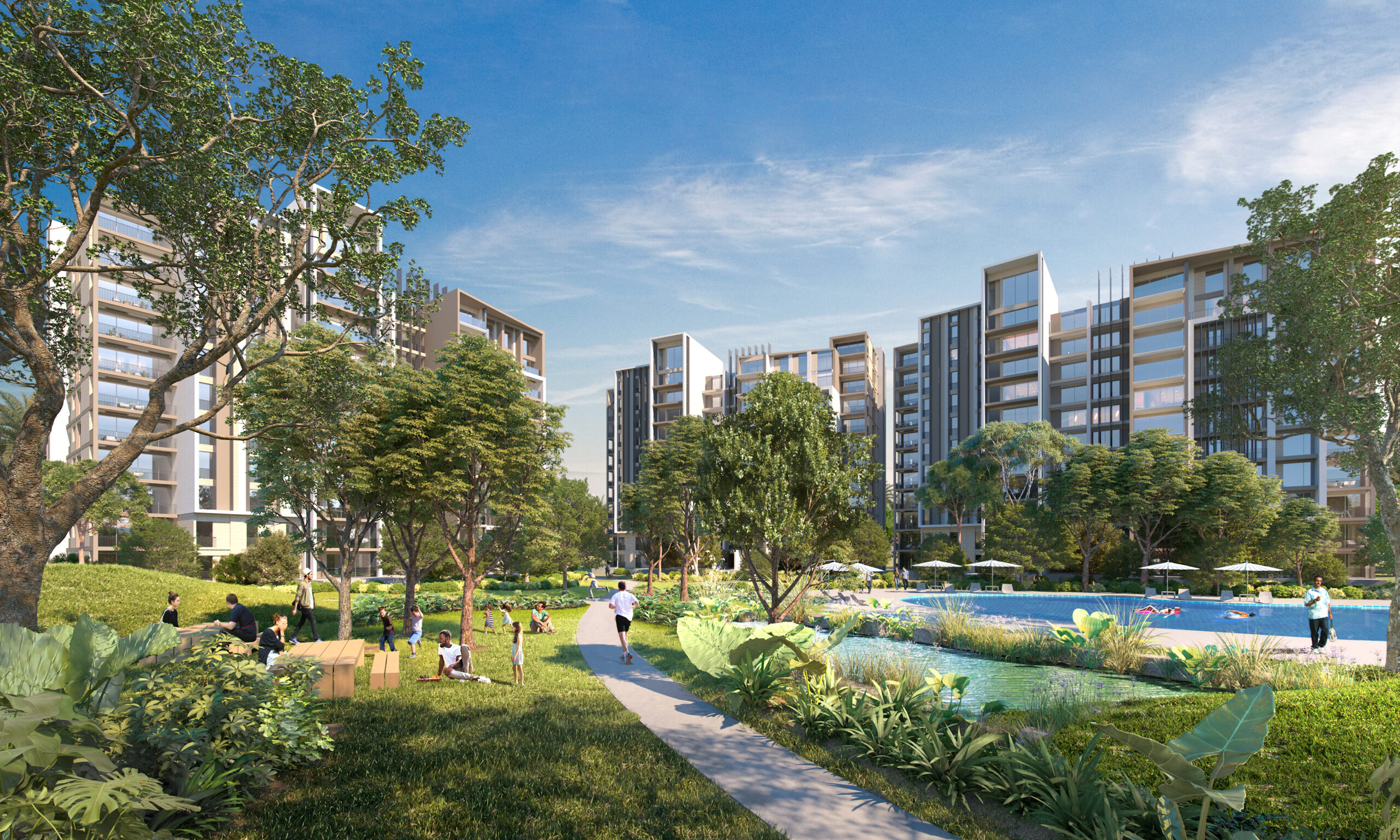Rejuvenation or decline? A challenge for real estate developers in the Middle East
By Dr. Amr Attia
June 1, 2021
Developers, planners and designers have long been accustomed to the continuous shifts in market dynamics and consumer trends. Mixed-use developments aim to be responsive to these trends, serving as diverse centers of commerce and community. But recent events have forced a tipping point: mixed-use developments now require an approach that is more human-centric and more focused on customer experience and community wellbeing than ever before.
Recent events have forced a tipping point: mixed-use developments now require an approach that is more human-centric and more focused on customer experience and community wellbeing than ever before.
At a functional level, the Covid-19 pandemic elevated demands for the following:
- Open air elements that provide space for people to gather safely and spread out.
- Indoor-outdoor spaces that bring fresh air into buildings and allow interior functions to spill out into sidewalks and plazas, expanding a tenant’s operational space while energizing the public realm and contributing to the overall property’s appeal as a destination.
- Less retail, as shopping continues to shift online. Retail that remains must be immersive and/or brand-defining.
- More food and beverage, as people seek places to socialize.
- Walkable zones for convenience, fitness and mental health.
- Wellness offerings that acknowledge the need for balanced lifestyles.
- Space to accommodate a ‘work from anywhere’ mentality.
- Sustainable features that address the impact of climate change on people, planet and the overall community’s profitability.
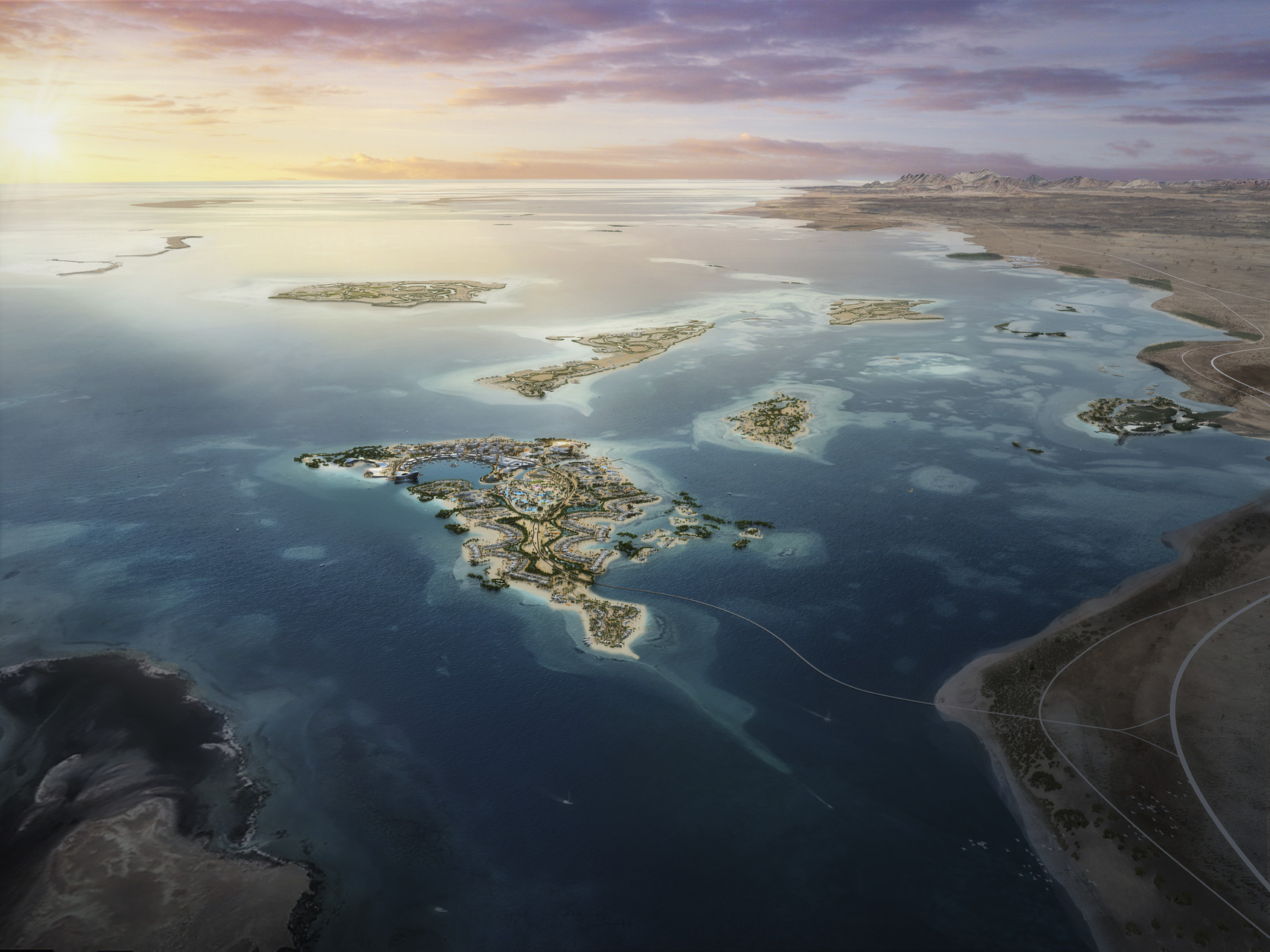
The Red Sea Project, master planned by WATG
Thinking strategically, when we reach tipping points like the one we’re facing now, property owners can either pursue rejuvenation or face decline. Rejuvenation is driven by resilience, sustainability and smart design – and by creative placemaking that encompasses all three.
Creative placemaking can mean many things but, at its core, it’s about co-creating a destination within its local context – for the place and the people who live there – by integrating all the things that already make it unique: art, culture, heritage, entertainment, food, and landscape. When this is done with meaningful authenticity, the result is a vibrant urban center that feels relevant and personal to everyone – residents and visitors alike.
Creative placemaking can mean many things but, at its core, it’s about co-creating a destination within its local context.
Local relevance is a necessity especially for destinations that are designed to attract tourists. For example, Saudi Arabia’s massive 92-island Red Sea Project, master planned by WATG, is envisioned to introduce the country’s natural beauty, history and culture to the world as it creates jobs, diversifies the economy, and – perhaps most importantly – preserves the Red Sea’s unique and fragile ecosystem. The development’s commercial hubs, like Shurayrah Island, are designed to deliver unparalleled customer experiences that motivate people to keep coming back for more. As the Urban Land Institute (ULI) puts it, creative placemaking is employed with the goal of enhancing the placemaking dividend. “People stay longer, come back more often, and spend more money in places that attract their affection.”
Video courtesy of The Red Sea Development Company
Creative placemaking has been WATG’s approach to design since 1945, and consumer trends motivate us to evolve our practice to ensure that places and spaces are truly resilient. Even before the pandemic, developers in the Middle East and North Africa (MENA) region were exploring recalibrated commercial hubs with less retail, and more food and beverage, entertainment and culture that inspire people to gather. ZED, one of WATG’s many urban mixed-use developments currently in progress in Egypt, has been planned for years as a community orientated destination where people can live, work, shop, play, gather and stay. One-third of the 69-hectare site is reserved as public green space, providing ample opportunities for families, employees and visitors to gather, exercise and take in the many benefits of the outdoors. These benefits have been understood for years but are magnified by the pandemic and its push to get people outside more than ever before.
Creative placemaking has been WATG’s approach to design since 1945, and consumer trends motivate us to evolve our practice to ensure that places and spaces are truly resilient.
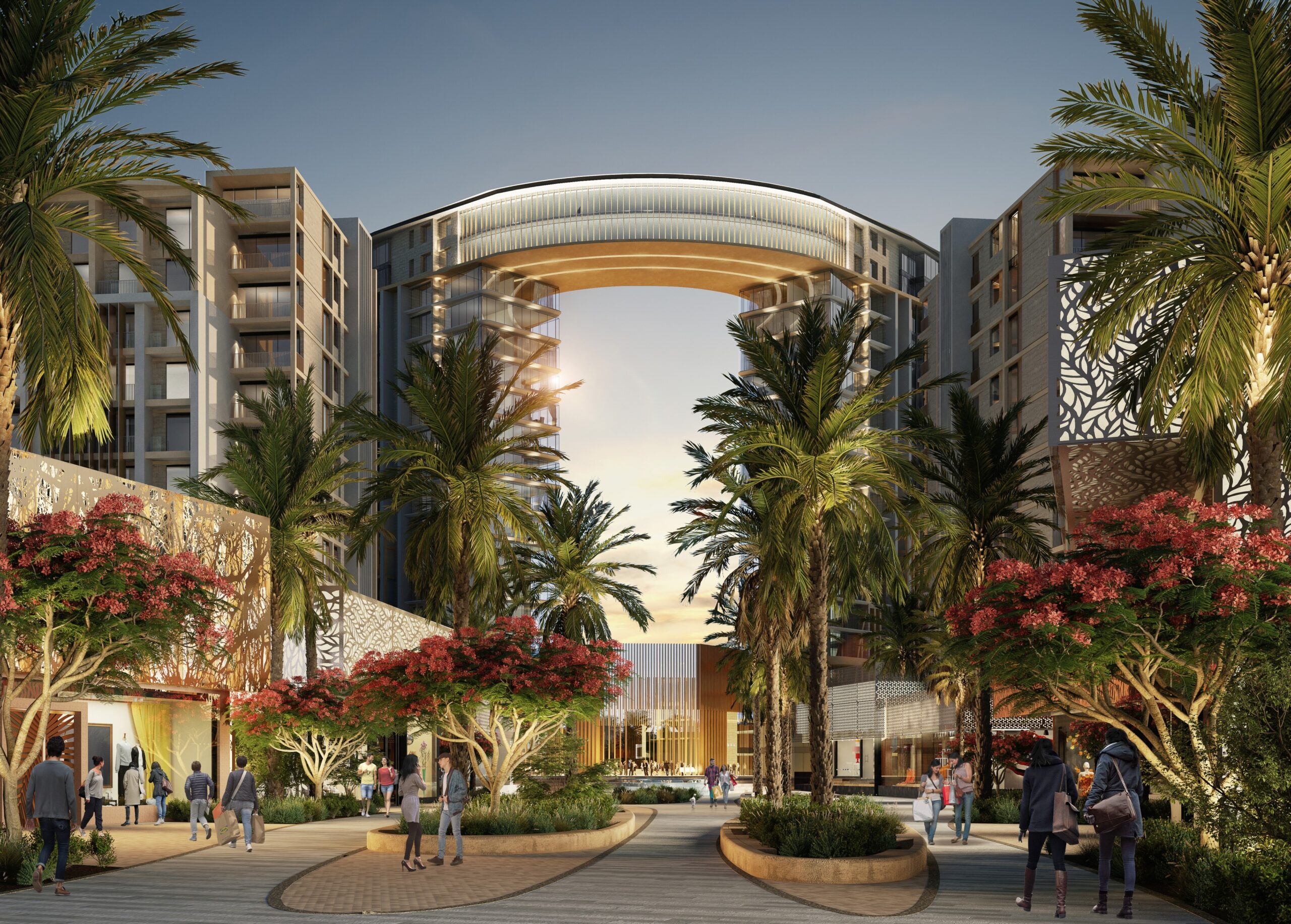
ZED at El Sheikh Zayed in Cairo features an integrated approach to destination design
Landscape architecture is a critical part of the design and development strategy that can no longer be considered optional.
In new developments like ZED, developers can plan for large central parks and networks of smaller greenspaces from the start. In existing, built properties that are ready for rejuvenation, strategic landscape architecture interventions can help a community improve aesthetics and, thus, property value, expand tenant uses, and reduce operational costs such as maintenance, and water and energy consumption.
Done right, a sustainable landscape can play a major role in a development’s resilience and longevity.
To be sustainable, landscapes must be regionally appropriate. In MENA’s desert climate, the focus might be stone and sand intermixed with local plants that require less water. “Green” does not literally have to be green. Done right, a sustainable landscape can play a major role in a development’s resilience and longevity, as a living, breathing amenity that brings faster lease-up rates, higher rents, and higher customer spends – increasing overall real estate value and viability.
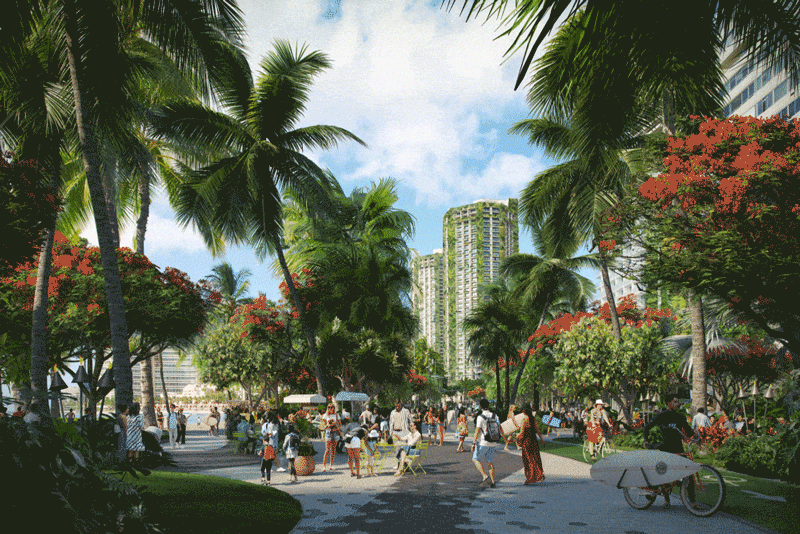
Green Block Honolulu aims to reclaim space from the roads and return it to the people
Resilience is also guided by a development’s ability to provide the right mix of uses and spaces that serve the community, and to allow that mix to flex and evolve as people come and go or as demands shift.
Flexibility affords owners and operators the opportunity to ensure their properties remain viable during transition periods.
The current risk of decline is particularly sharp for urban centers and developments that are anchored by retail, but with strategic design interventions, experiential programming, and in-built flexibility these spaces can remain relevant. Post-pandemic, it’s likely we’ll see an even greater resurgence of hospitality and the arts, not only based on quarantined consumers’ pent-up demand, but also as cities understand the crucial role that these sectors play in job and revenue creation, and the overall identity of a place.
Flexibility affords owners and operators the opportunity to ensure their properties remain viable during transition periods.
We learn from times of crisis. As the saying goes, “it’s not the strongest of the species that survives, nor the most intelligent, but the one most responsive to change.”
About Dr. Amr Attia
A seasoned executive and business leader, Dr. Amr Attia joined WATG in March 2020 and brings more than 28 years of experience in master planning, sustainable tourism and development and urban design to the firm. Amr holds a Doctorate in Urban and Regional Planning from University College London, a Master’s in Urban Development Planning from the Bartlett School of Architecture and Planning, and a Bachelor’s Degree in Urban Design from Ain Shams University in Cairo. He continues to actively publish work on planning, sustainable tourism, and urban regeneration and development, and is based between Cairo and Riyadh.
Latest Insights
Perspectives, trends, news.
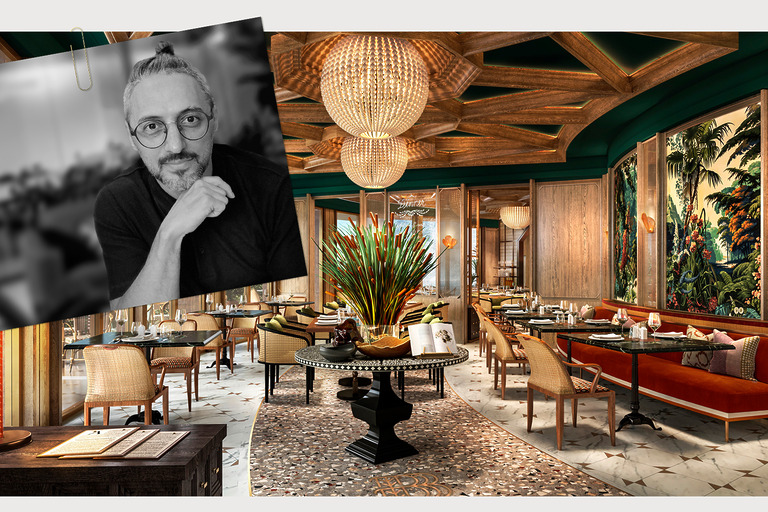
- Employee Feature |
- Inside WATG
Design Discourse: 5 Words of Inspiration
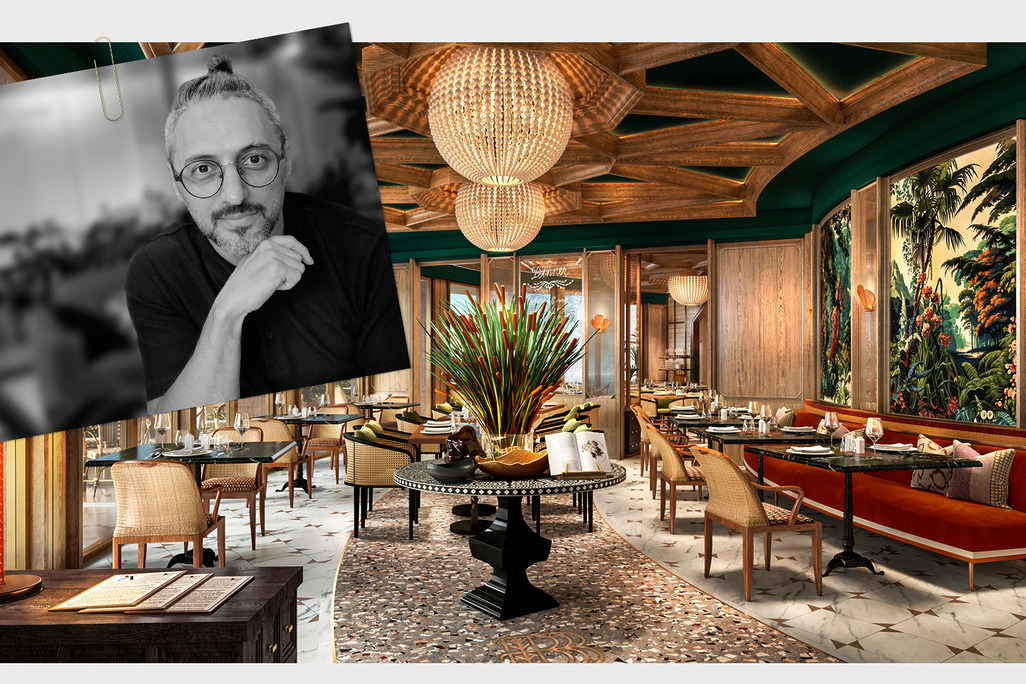
- Employee Feature |
- Inside WATG
Design Discourse: 5 Words of Inspiration
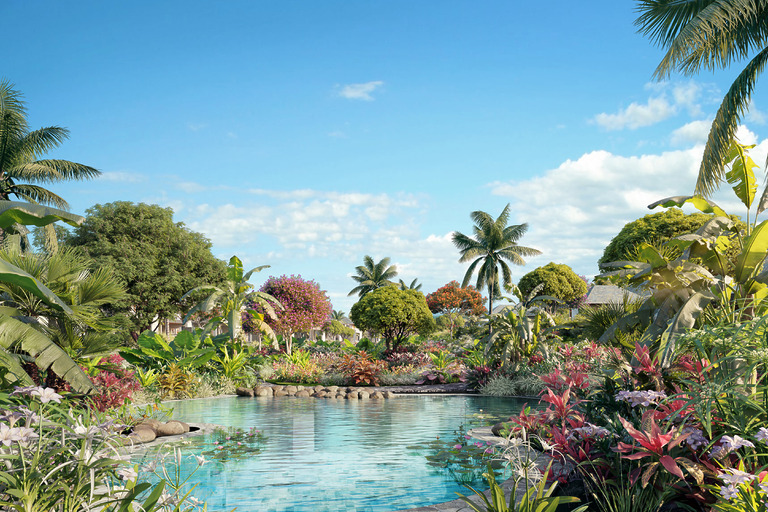
- News
Biocultural Conservation: Bridging Science and Design
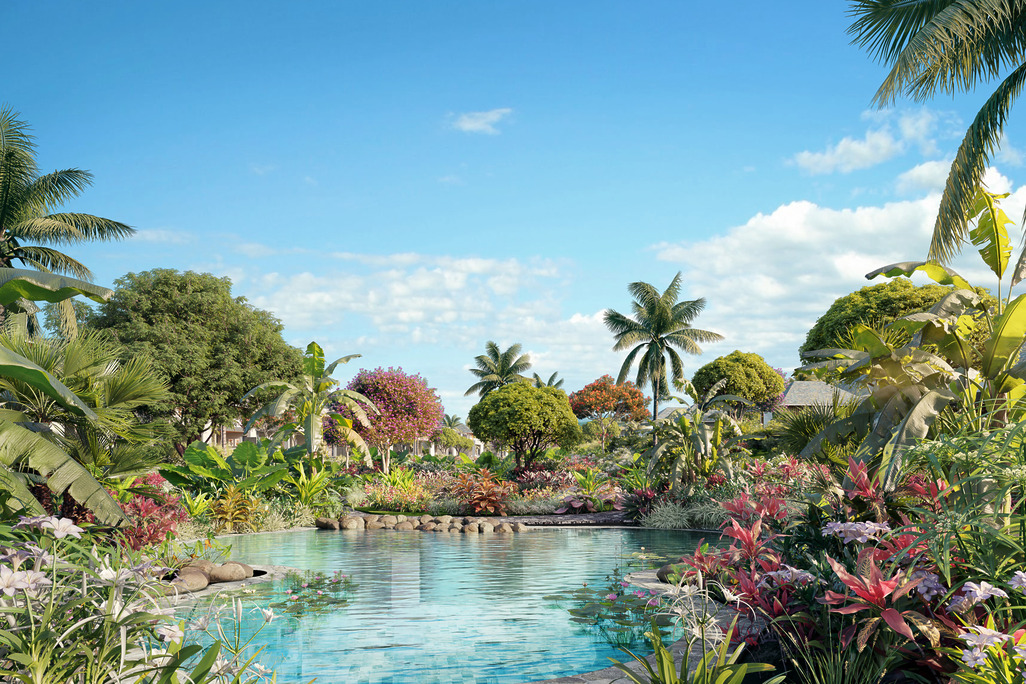
- News
Biocultural Conservation: Bridging Science and Design

- Strategy & Research
Wimberly Interiors’ Interpret British Design: Eclectic, Modern with a Twist, Bespoke

- Strategy & Research
Wimberly Interiors’ Interpret British Design: Eclectic, Modern with a Twist, Bespoke
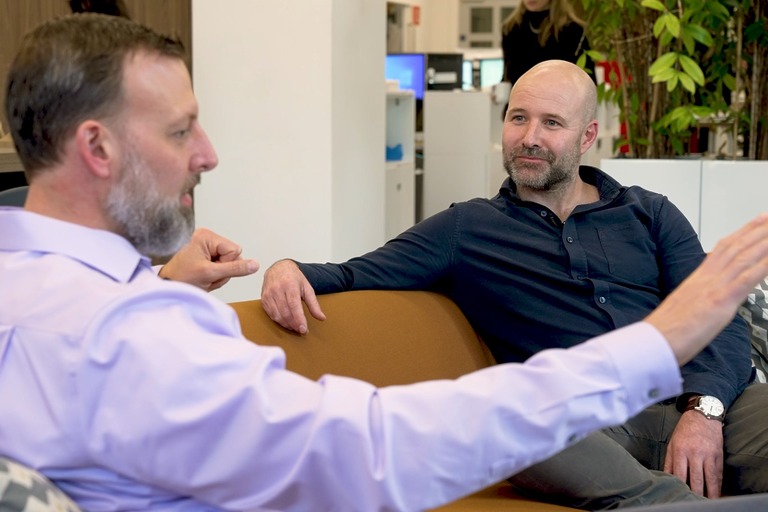
- Employee Feature
In Conversation: Sean Harry & Dan Hinch: The Intersection of Digital Practice & Landscape Architecture.
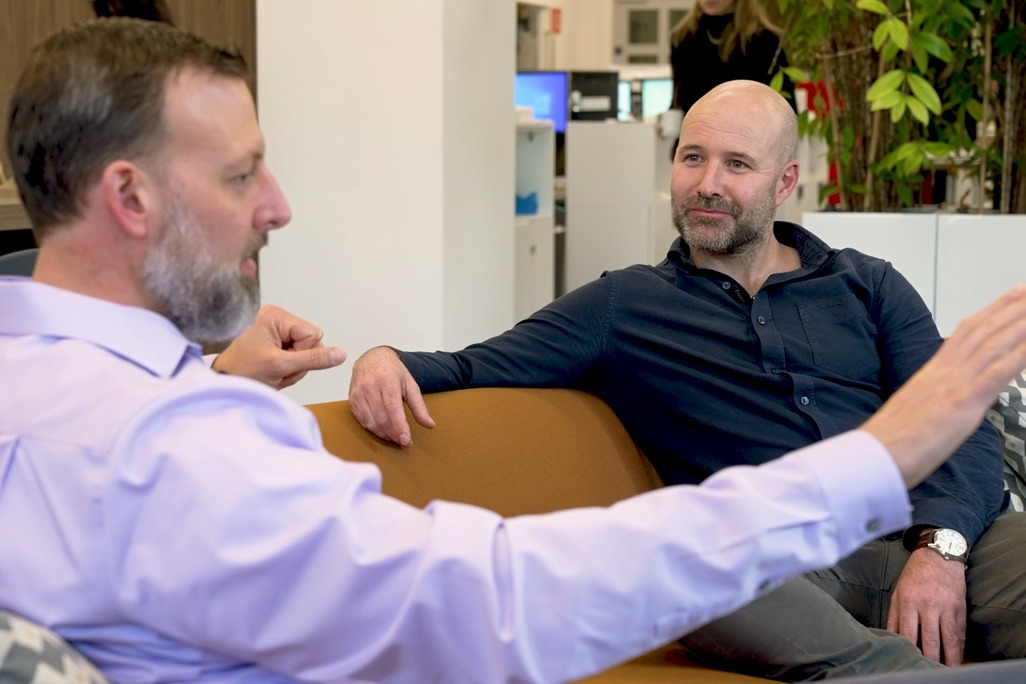
- Employee Feature
